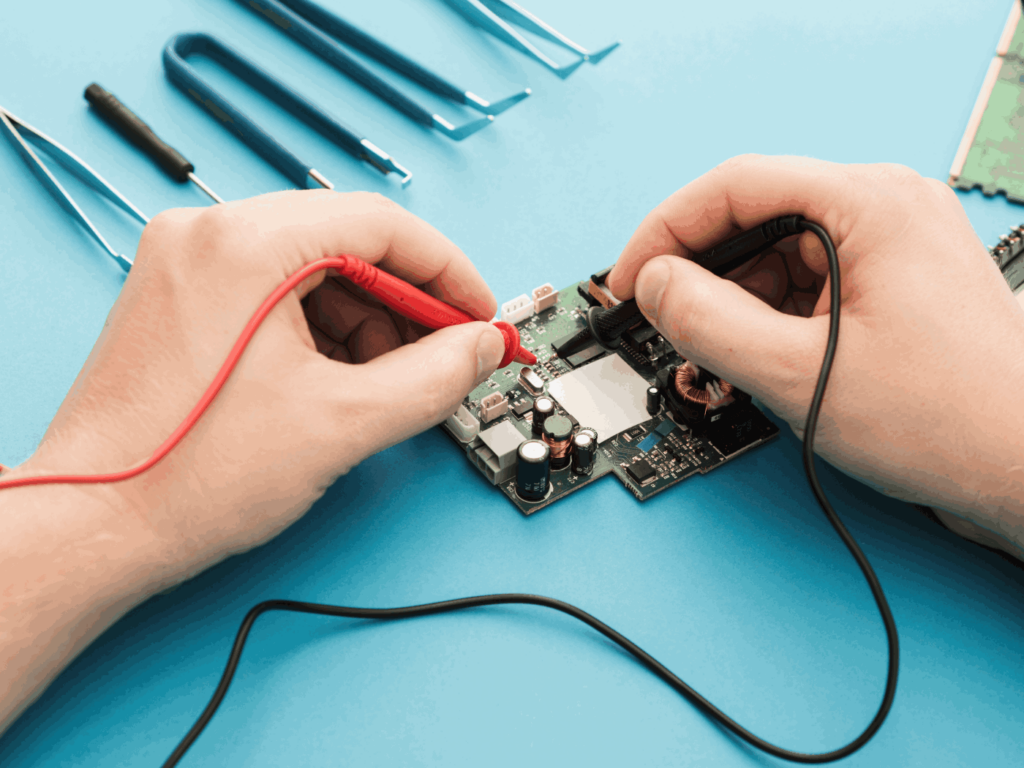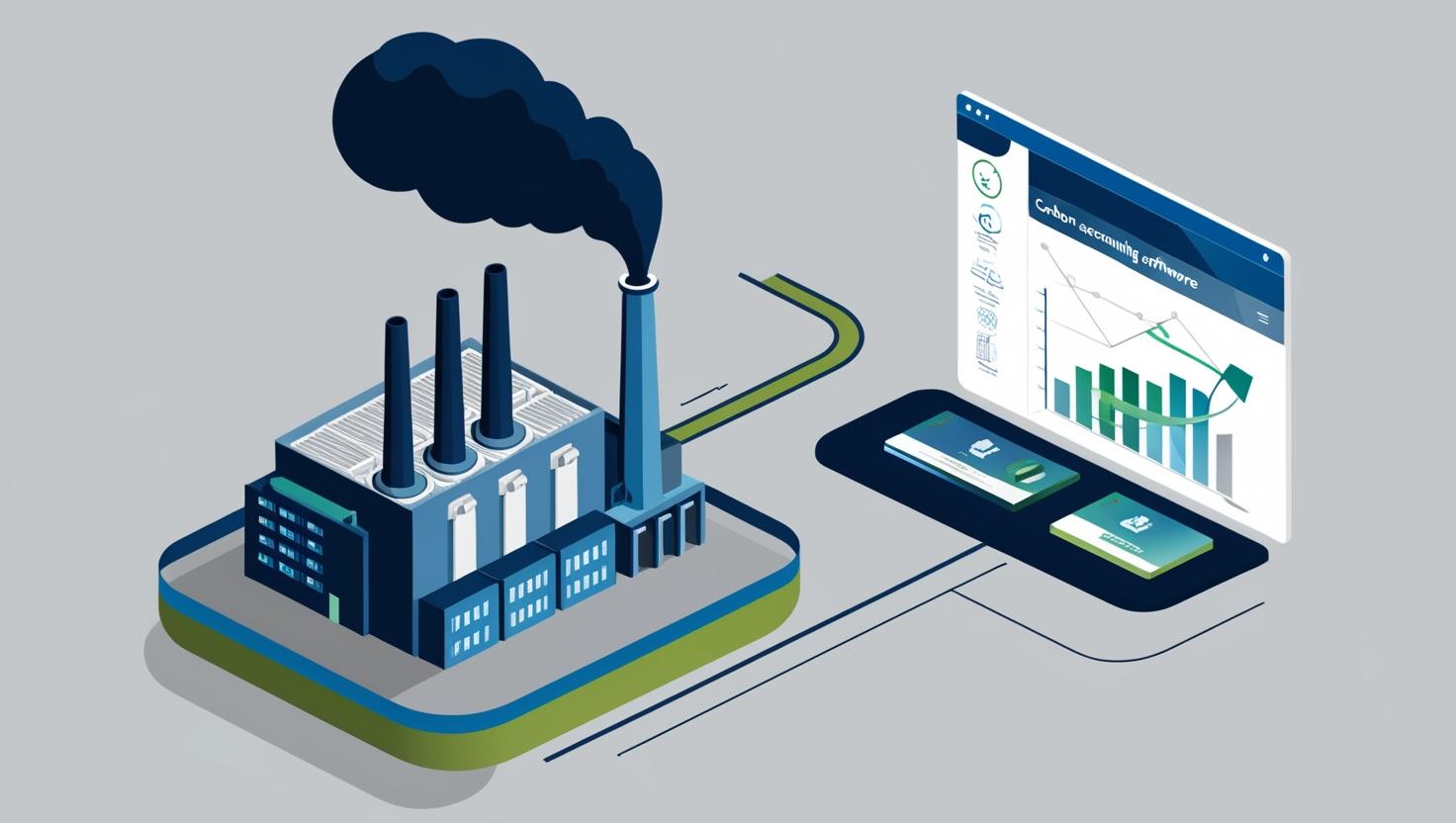Starting has been a perpetual issue with motors.
The starting current is high resulting in shaky start and related harms to shafts, gears, belts and so on. This problem can be reduced to some extent by using star /delta converter and VFD. Soft starters have been helpful in solving these problems apart from saving electrical energy.
Star Delta Converters:
It can be used only for those motors with stator winding designed for delta connection during normal operation. In starting, the stator windings are connected in star, so that the voltage across each phase is 1/sqrt(3) times the normal value. As the motor picks up speed, the changeover switch disconnects the windings terminals and then reconnects them in delta across the supply terminals. This method reduces the current drawn by the motor to one-third. However, the starting torque too is reduced to one-third. This method is cheap but limited to applications where high starting torque is not necessary. Example – machine tools, pumps etc.[1]
Soft Starters:
A soft starter is a device used with motors to temporarily reduce the load and torque during startup. It applies a gradually increasing voltage to the motors resulting in smooth acceleration of the motor and coupled load. It provides a linear power slope for smooth acceleration, which reduces inrush currents and excessive wear on mechanical driven components. The starter has a provision to adjust the starting voltage and acceleration time. This can be chosen to suit specific applications.
Full Voltage – Starting Characteristics of motors
High starting torque can cause damage to the mechanical system and high current can cause problems in the electrical system. If voltage is reduced by 50% then there is a 75% reduction in motor torque
Advantages of soft starters over conventional starters
- Energy Cost Reduction (Peak Demand Charges)
- Voltage or current is applied gradually, without the voltage and current transients. Precise control over the current limit.
- Improved power factor at all load cycles and there by reduction in kVA
- Reduced power surge
- Reduced heating of the motors and improves operating efficiency
- Possibility of increased number of starts per hour
- Increased contact life of starter contactors
- Adjustable acceleration time
- Elimination of starting mechanical shock to couplings and driven equipment
- Smooth acceleration without the torque transients
- Easy adjustment of start performance to suit the specific motor and load.
- Reliable performance even if load characteristics vary between starts (eg. loaded or unloaded starts).
Sample Case – Soft Starter Payback calculations
ABC Tiles Company has two big motors for grinding machines. The power consumption varied in the range 25-90% of the rated motor capacity (150 kW). In view of varying load, it was suggested that soft starters could be installed to have smooth operating.
- Average power consumption: 100 kW
- Operating hours: 4000 hours/annum
- Annual energy consumption by motor: 400,000 kWh/annum
- Annual Energy saving (at least 5%): 20,000 kWh/annum
- Power Tariff including taxes and surcharges: Rs. 9/kWh
- Monetary Saving: Rs. 180,000
- Installation Cost: Rs. 300,000
- Payback Period: 20 months
The savings of 5% is considered assuming 3 starts per operating hours or 12000 times in a year. The saving potential increases if the frequency of starts and stops of motors are higher.
This payback doesn’t include the gains in equipment life, power factor, electrical stability etc. which is much more important but difficult to quantify.
Related: What is Energy Management and why it’s important?
[1] For more information on star-delta converters, you can see this video (http://www.youtube.com/watch?v=Dpnsv9rY_rQ)




